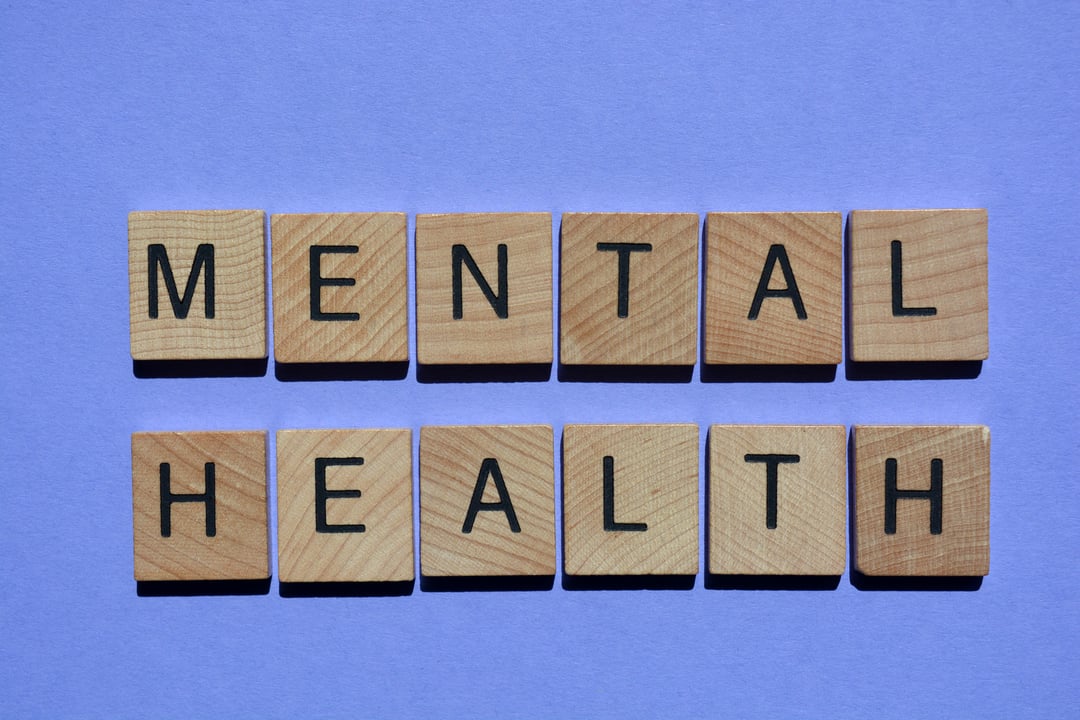“If you’re not listening, you’re not learning.”
Lydon B Johnson
Many refer to the “art” of listening. Listening goes beyond the passive act of hearing; it involves active engagement, absorption, and comprehension of information. Indeed, listening starts in our brains.
Yet not all individuals are great listeners, and that’s because we all have diverse cognitive profiles with our own set of strengths and weaknesses.
When it comes to hearing vs listening, there are many cognitive functions at play that give us our ability to actively listen. Thankfully, these functions can be strengthened by harnessing the principles of neuroplasticity, allowing us all to be better listeners if we wish.
With that in mind, in this blog we’re going to look at the difference between hearing and listening, the key cognitive functions at play in active listening, and how the brain can be strengthened to improve our ability to listen.
What is Hearing?
Hearing is an involuntary process - one of our five senses - that requires no conscious effort on our part. When nearby sounds occur, the outer ear collects sound waves, guiding them through the ear cavity to the eardrum, initiating vibrations. These vibrations move to the inner ear, transforming into electrical signals that then journey to the brain for interpretation.
Imagine sitting in a bustling café. There would be a diverse range of sounds, from conversations, the clinking of utensils and the hiss of the espresso machine. Individuals can effortlessly hear this noise and filter it out to focus on a specific conversation. This is where hearing differs from listening.
What is Listening?
Contrary to hearing, listening is an intentional cognitive process that demands active engagement. While hearing is involuntary, listening involves a conscious effort to attend to, interpret and comprehend the received sounds.
In educational settings, attentive listening fosters a deeper understanding of subject matter, enhances retention, and facilitates effective communication between educators and learners.
In performance-driven environments, be it professional, educational, artistic, or athletic, the ability to truly listen enables individuals to grasp instructions, learn from feedback, and adapt swiftly to changing circumstances.
So how do our brains support our ability to listen? What cognitive capacities are at play? And what is the impact on listening when our cognitive capacities are strengthened through training? Let’s examine.
The Cognitive Capabilities at Play During Listening
Attention:
The ability to focus on the speaker and the message being communicated is fundamental to effective listening. Our Symbolic Thinking helps filter out distractions and allows individuals to concentrate on the relevant information. This function enables us to analyze information and ask relevant questions. It also allows us to inhibit or suppress irrelevant information or distractions – this inhibition prevents cognitive overload and allows us to focus on the most important aspects of the message: crucial for effective listening.
You can read more about improving attention in our blog, ADHD and Neuroplasticity: How to Overcome Attention Difficulties.
Working Memory and Processing Speed:
Our brains have cognitive functions responsible for holding and processing information. Together, Memory for Information and Instructions and Symbol Relations help retain key points, understand content and context, and make connections between new information and existing knowledge. The faster an individual can comprehend the spoken word and respond appropriately; the more effectively their listening and conversational skills can be developed.
Emotional Intelligence and Metacognition:
The ability to perceive and understand emotions, both in oneself and others, is essential for effective listening and communication. Emotionally intelligent individuals can pick up on subtle cues in the speaker's tone or body language, enhancing their comprehension and empathetic listening. Being aware of one's own thinking and emotions is essential for deep listening. Along with Symbol Relations, Non-Verbal Thinking is the brain function underneath EQ and our capacity to perceive, interpret, reflect and empathize.
Language Development:
Our brains process information in sequential and organized ways through our Predicative Speech capacity. To listen and communicate, we need a secure capacity to develop language, including vocabulary, syntax, and semantics.
Understanding the logical sequence of ideas and the chronological order of events, contributes to effective listening in complex discussions.
How Cognitive Programming Strengthens Our Ability to Actively Listen
“This program is giving my students the ability to listen. Now they are listening to learn.”
Katherine Foster, Canada - Arrowsmith Facilitator
Some of us are “born listeners”, yet many of us are not. With cognitive programming, we can all become stronger listeners, communicators, leaders. Neuroplasticity enables people of any age to improve the cognitive functions that underlie listening.
Research into the outcomes of Arrowsmith’s work on enhancing cognitive functions has shown many tangible benefits including heightened attention, increased working memory and processing speed, better retention of information, enhanced comprehension, greater emotional intelligence, and improved use of language.
Imagine the impact of people deepening the capacity to truly listen: to create a world of profound understanding, connection, and meaningful communication in every facet of life.
Tags:
Learning Difficulties
March 8, 2024



